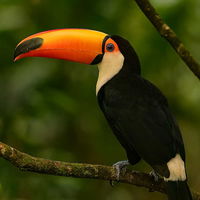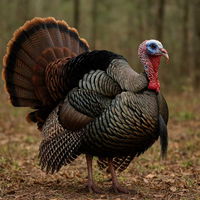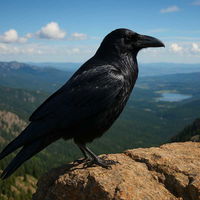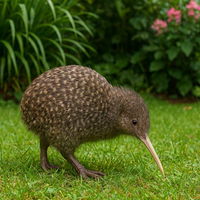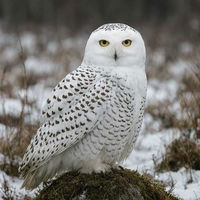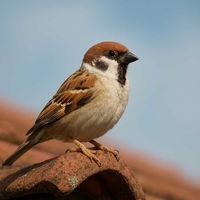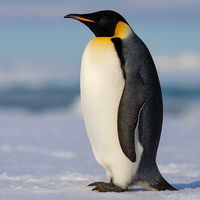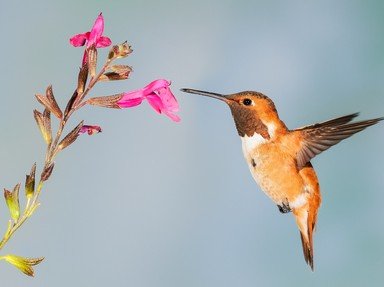
The Bird is the Word #2 (For Kids) Quiz
Can you identify the birds in these ten pictures? This photo-match quiz includes a toucan and a duck, a sparrow and an owl, a raven and a funny bird from New Zealand called a kiwi. There's even a penguin and more. Good luck!
by JJHorner.
Estimated time: 3 mins.
